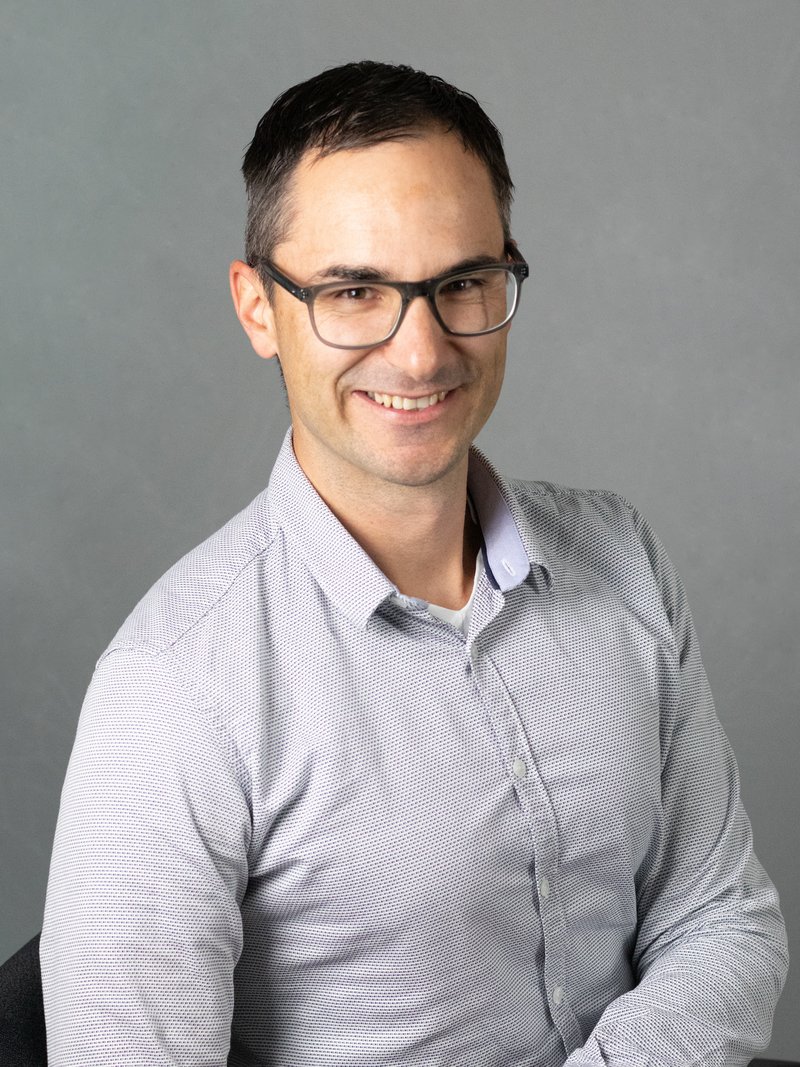Raman Micro-Spectrometry in semiconductor manufacturing
CHALLENGE
Driven by commercial considerations as well as technical needs, two trends presently dominate R&D in modern power semiconductor (SC) manufacturing: increasing wafer diameters and decreasing substrate thicknesses, down to a few 10 µm. With this, mechanical stresses in the material increasingly become a tangible problem, with consequences ranging from wafer deformation, which poses a manufacturing and handling problem, to the in-use failure of the devices in the worst case.
With stresses being introduced all along the processing chain, e.g. in layer deposition and structuring, mechanical or chemical wafer thinning, or the final chip separation process, this creates an urgent and concrete need for a method capable of directly and rapidly measuring absolute mechanical stress in silicon - preferably in a contact-free mode.
FROM THEORY TO THE REAL WORLD SCENARIO
The competence centre ASSIC’s research team around DI Martin De Biasio and Dr. Martin Kraft from SAL and Dr. Michael Roesner from Infineon Technologies Austria could identify micro Raman spectroscopy (RS) as an optical measurement method meeting all these requirements.
RS is known to be capable of measuring stress in various materials, including silicon, with a wealth of related literature on re-search applications investigating e.g. local stress introduced by underlying structures. Still, despite the inherent advantages of this fast, non-destructive, optical and hence contact-free method, RS has not (yet) been accepted as a reliable method in industrial SC fabs.
The key purpose of this work was hence to investigate and validate RS as a dependable tool for spatially resolved quantification of absolute stress levels for the use in SC manufacturing process development, optimisation and control. The prime measuring in the determination of stresses in silicon by RS is the relative shift of the triply degenerated Raman-active Si phonon peak at 520.5 cm-1 by ~ 1.95 cm-1/GPa.
Tensile strain shifts the centre wavelength to lower frequencies, while compressive stress results in a higher centre frequency. Concerns regarding the method included i) stability and sensitivity of the measurements, ii) the impact of the excitation laser wavelength on the penetration depth, and thus the readout, and the iii) reliability of measurements, especially when applied to entire production-scale wafers.
The laboratory Raman micro-spectrometry system used (Renishaw InVia) was hence first applied to a stress-free silicon sample held under perfectly controlled conditions in a specially developed bending device. With an analytical accuracy of ±25MPa and an excellent agreement of the measured values with stress levels derived from analytical calculations and FEM simulations, the method exceeded expectations.
The one major interferent is the temperature, which has to be held possibly constant for reliable and sensitive measurements. The optimised and thus validated method was subsequently used as a (standard) tool to support a range of SC processing research activities. One current key R&D interest is the impact of surface processing methods on residual stresses in the material.
Only indirectly accessible until now, the evaluation of the directly measured, absolute stress levels by Raman spectroscopy showed a clear impact of the processing method and parameters. This process step may introduce surface stresses of up to 250 MPa, even with process parameters deemed standard and safe. Furthermore, the type and the levels of dopant(s) present in the material have a surprisingly strong impact, a finding that has now initiated related materials research.
Another interesting effect could be observed in the Raman spectra of mechanically diced samples. Raman bands relating to silicon metaphases were found, indicating a substantial change in the crystalline structure. This effect could be related to the high pressures occurring during silicon dicing with cutting diamonds, which cause the observed metamorphosis of the top-layer Silicon.
IMPACT AND EFFECTS
With the introduction of Raman spectroscopy as a non-destructive, reliable, fast and contact-free method to R&D in semiconductor processing, SAL and Infineon have established a metrology tool capably of reliably measure mechanical stresses, both on small scales like dicing edges and across entire silicon wafers. The measurement system can distinguish and quantify tensile and compressive stresses from 0 MPa up to the material’s breakdown strength with an analytical accuracy of ±25MPa.
The established measurement tool has a direct practical impact for industrial process and quality control, as well as providing vital, dependable information to researchers and engineers for semiconductor manufacturing process optimization. Based on this, subsequent activities now target other seminal semiconductor materials, including silicon carbide (SiC).
Your contact person

DI Martin De Biasio
Senior Scientist | Photonic Systems
e-mail: contact@silicon-austria.com




